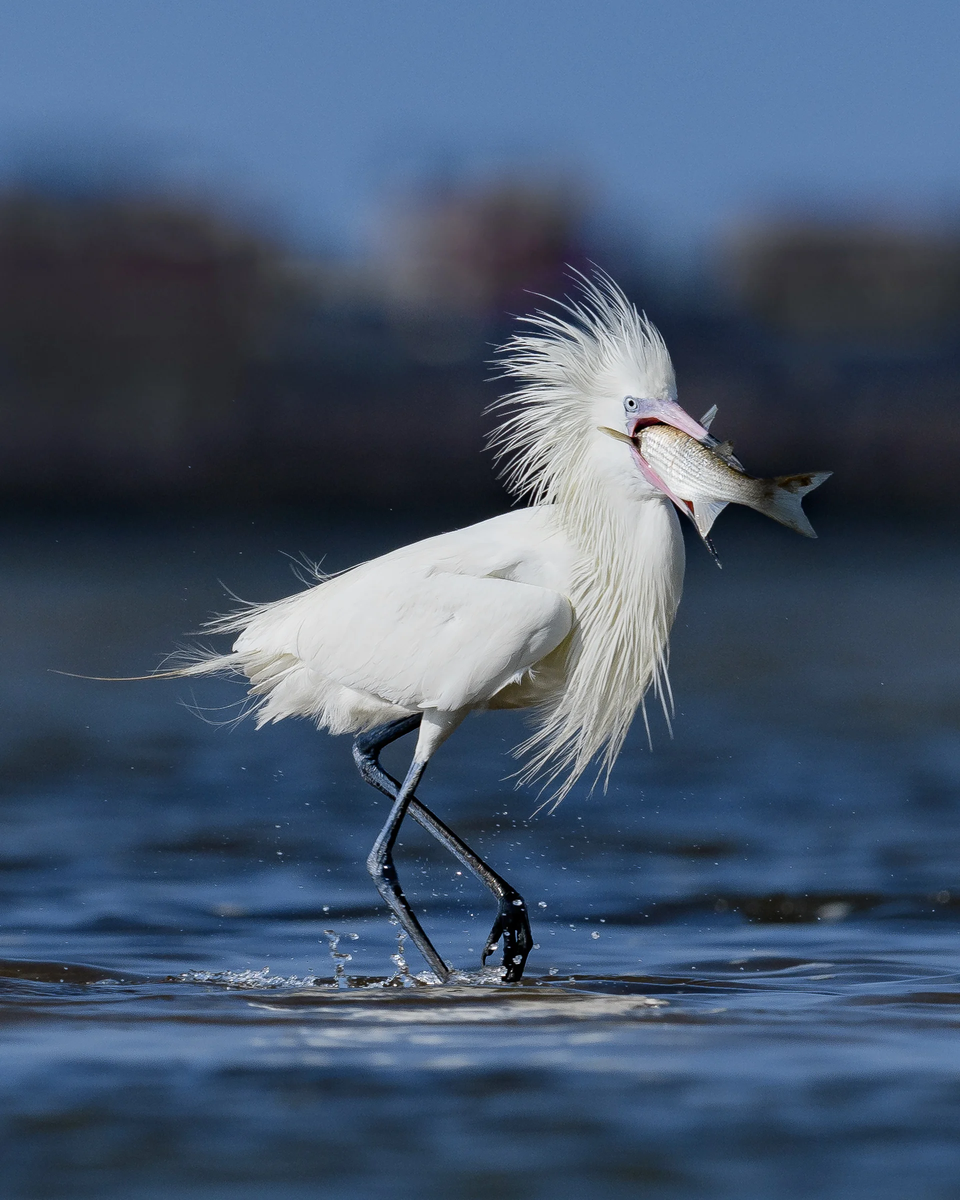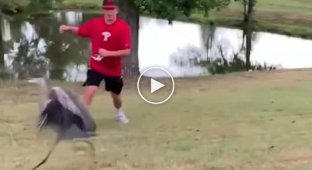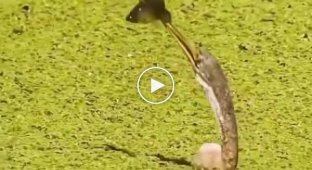Rufous Heron: a bird that destroys the usual ideas about herons (7 photos)
The tawny heron prefers a more active method of hunting than most other herons. 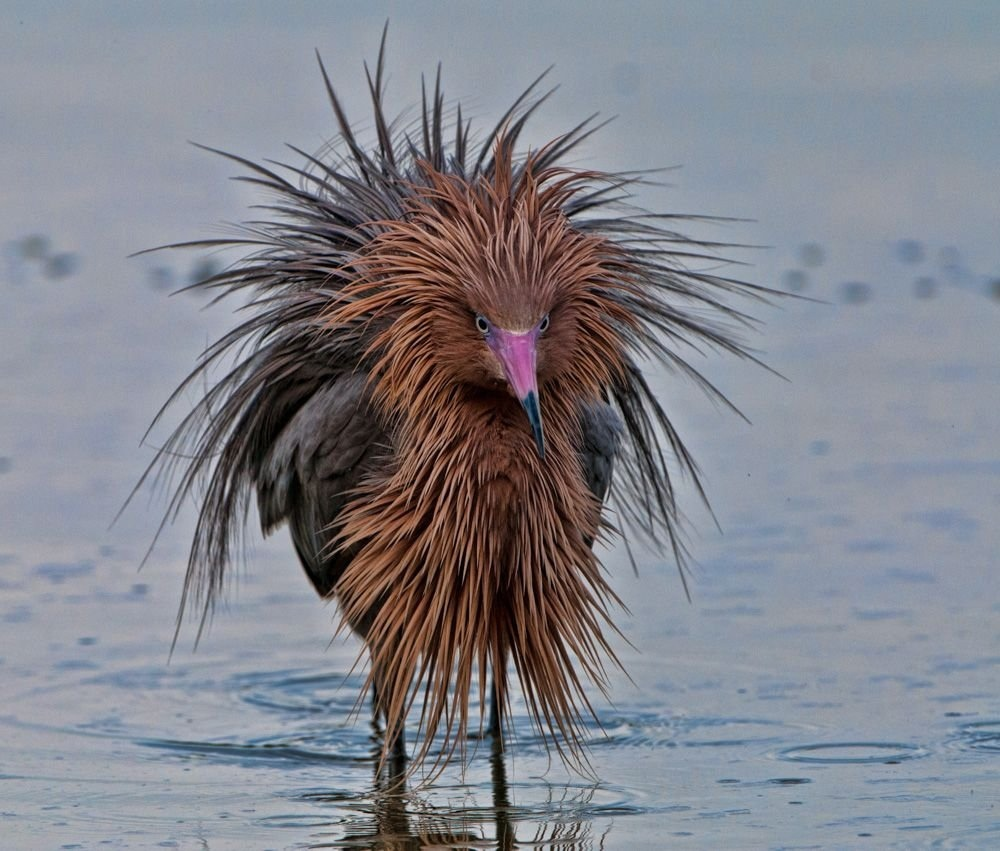
“To hell with all this! Tired of waiting!" - once heard over the waters of Central America. This heralded the appearance of the tawny heron, a bird that had grown tired of ambushes and meditative waiting and had sprung into action!
Hotheads from Texas and Mexico are obsessed with standing at attention on one leg or wandering meditatively in shallow water. She prefers the excitement of the chase and the lightning onslaught. It is in the hunting frenzy that this heron can be found in tropical swamps on the shores of the Gulf of Mexico. A small carcass, no more than 70 centimeters in length, cuts through the shallow water, spreading its wings. The whole hunting process is similar to the rampage of a drunkard, but the “drunken heron” technique shows its good side. 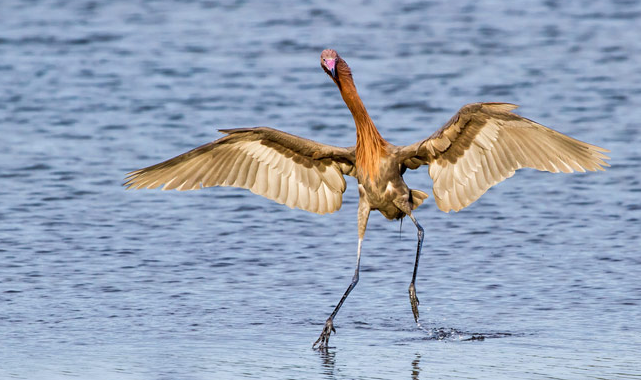
This position is needed for a reason - the reddish heron does not have time to aim and observe, it needs a clean and accurate throw here and now. Glare on the water can throw off the aim or hide the prey, so the bird has no choice but to block the sunlight with outstretched wings. As soon as the shadow covers a small fish, frog, snail and other small things, it immediately turns into a quivering kebab on a skewer from its beak. 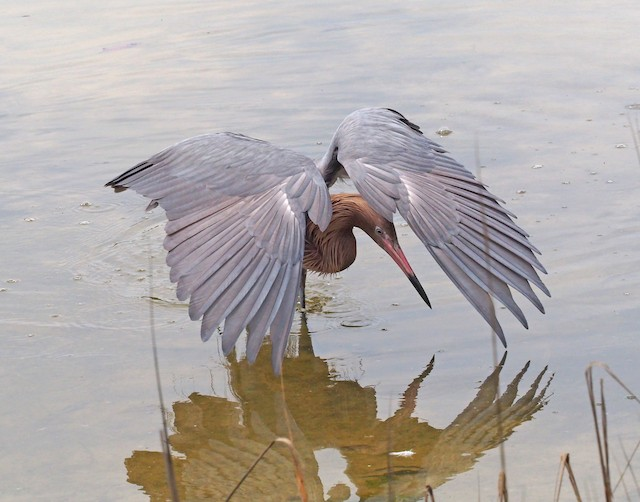
But the bird was not limited to one strangeness. The reddish heron not only shook the foundations of hunting of its kind, but also manages to express itself in its appearance. The thing is that the species has two morphs, two types of appearance. The standard equipment is a bluish-gray body and a brownish-red firebrand. But there is another one - completely white. Why the hell this is necessary, scientists have not yet figured out; colors do not affect the life of birds in any way. 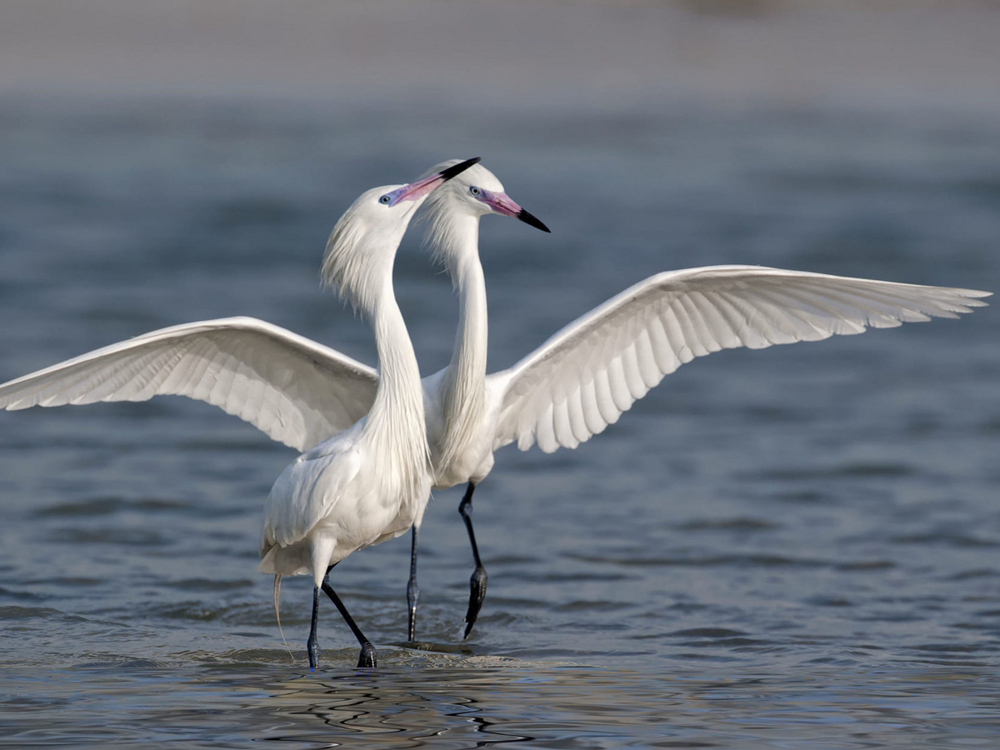
Herons also approach amorous matters with all passion. Having grown long feathers on the back of their heads and necks, herons actively look after each other: they run, fly, dance, bow, and clack their beaks. In general, how can they express their fiery nature! 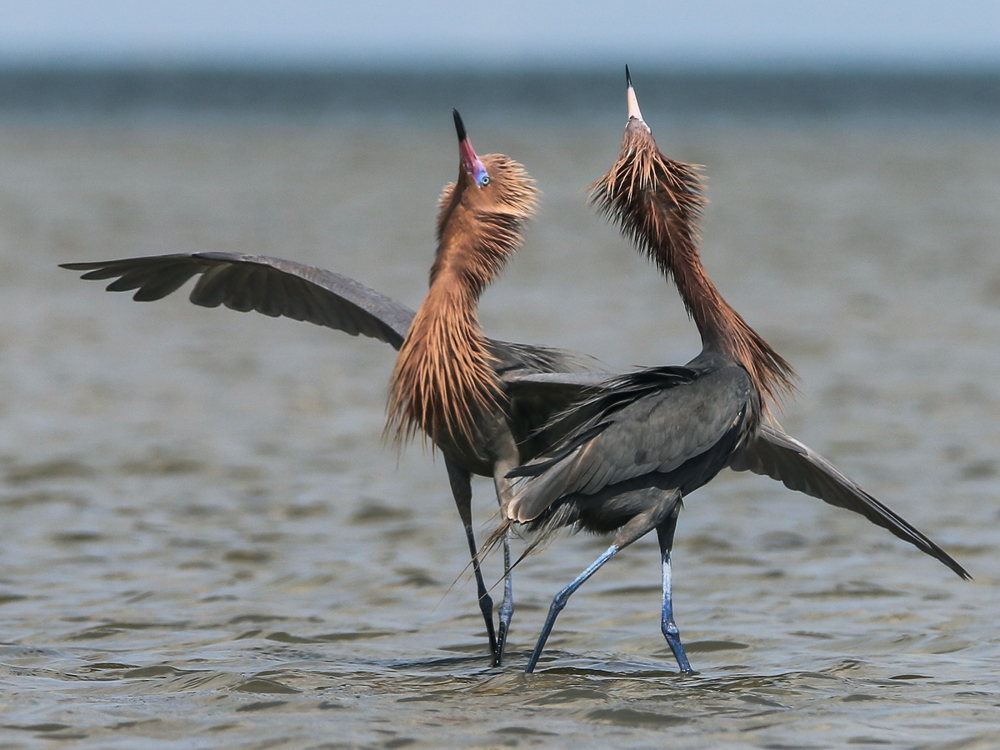
As soon as the couple cools down, it is time for nesting. Herons are not very picky about the location for their descendants; trees, floating islands made of all kinds of brushwood, and even a simple sandbank will do. And if other herons have already noticed the place, then the birds will organize a communal service. 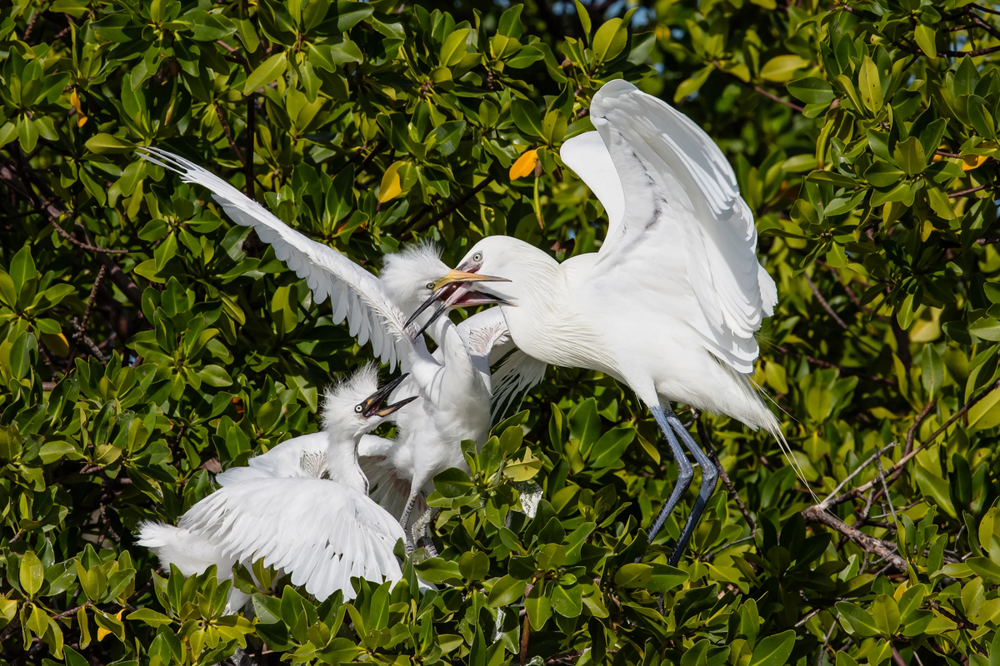
In such a parental cooperative, future herons take risks from birth. But the reason for this is not predators or careless parents, but ordinary water. Half of all ungrown herons will drown due to sudden increases in water levels. And the rest will have to endure the difficulties of the first winter. Even though the winters in Central America are mild, the younger generation of herons has not yet mastered the skill of hunting, and for them this becomes a real test. 